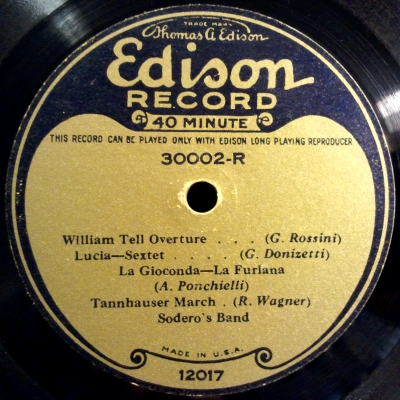Thais-Meditation
(82043-L; May 1915)
Chant Sans Paroles
(82064-L; October 2, 1914)
Spring Song
(82135-L; May 15, 1925)
Valse-Arabesque
(50980-L; August 1920)
Souvenir
(82154-L; October 1916)
Drink To Me Only With Thine Eyes
(82184-R; October 1-2, 1919)
Recital by ALBERT SPALDING
ANDRÉ BENOIST at the Piano |
Cavatina
(82047-L; May 1915)
Valse Bluette
(82192-R; November 1919)
Melody in F
(82135-R; May 15, 1925)
Fantaisie-Impromptu
(80408-L; March 1918)
Roses of Picardy
(82215-R; October 20-29, 1920)
Humoreske
(82047-R; March 1916)
Recital by ALBERT SPALDING
ANDRÉ BENOIST at the Piano |

